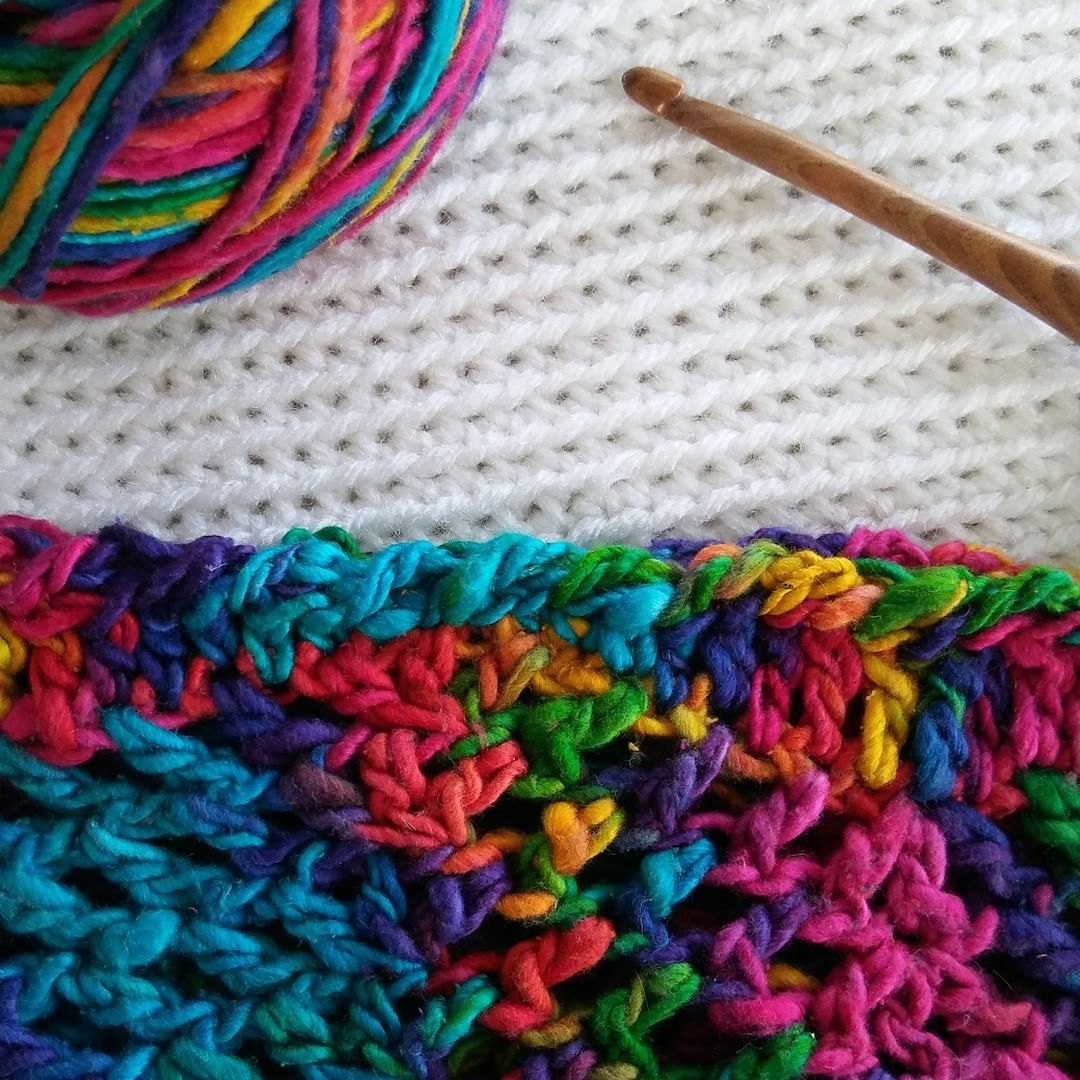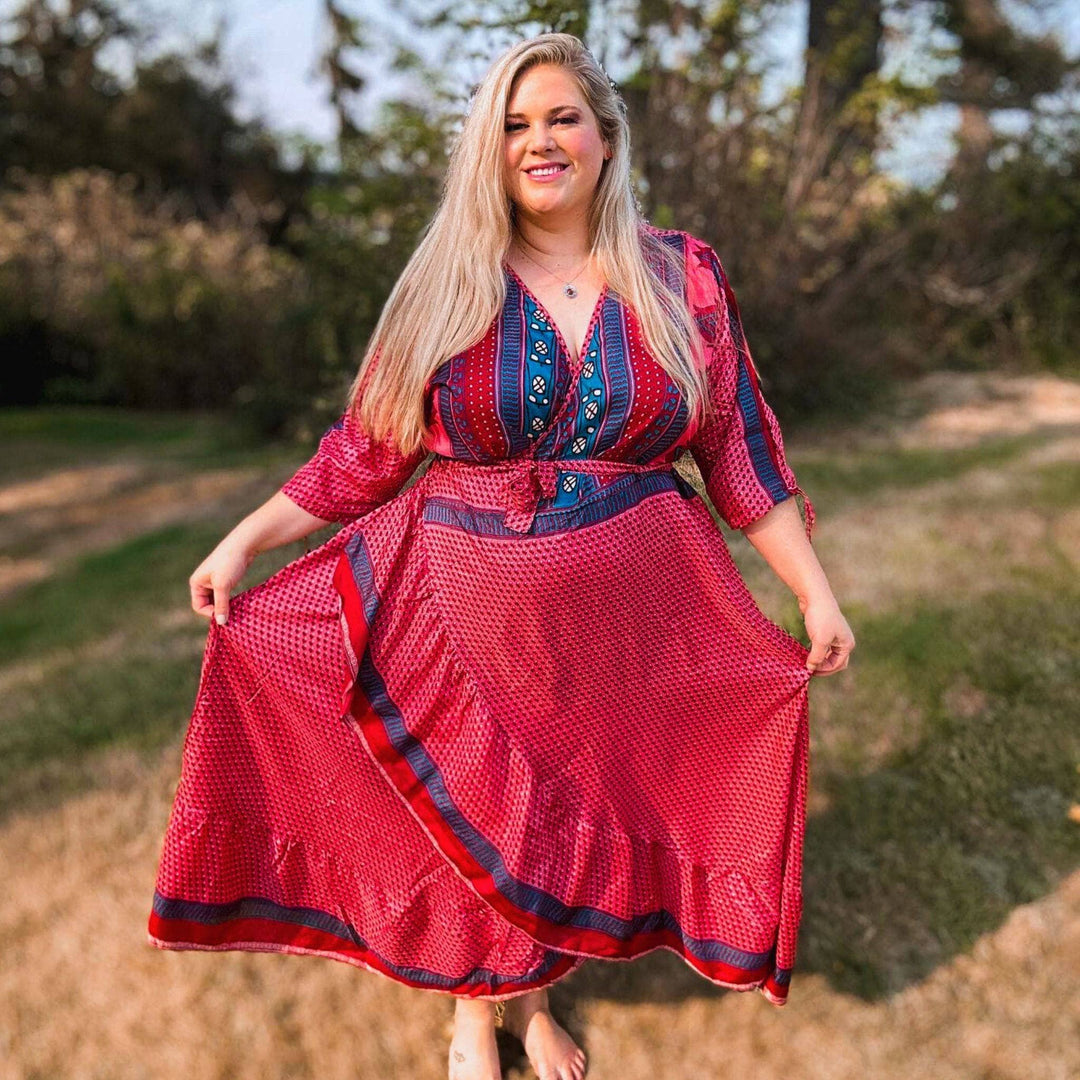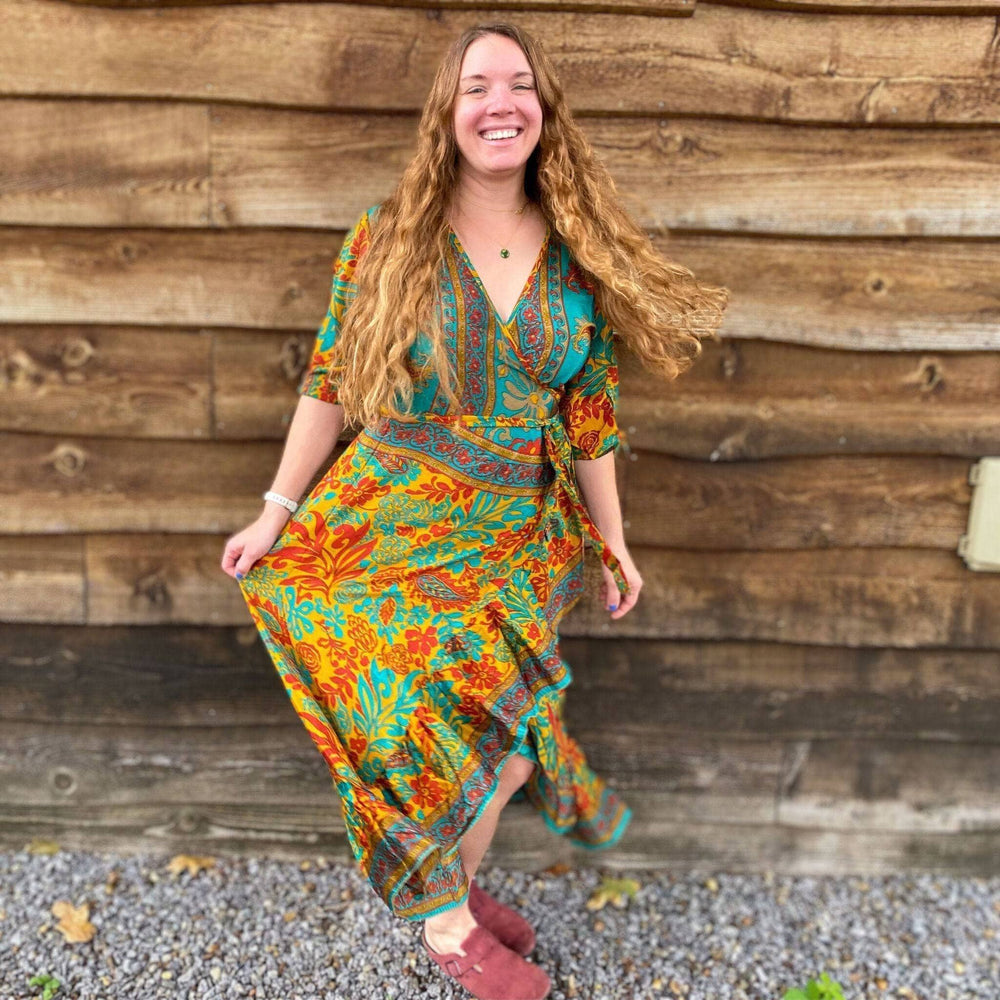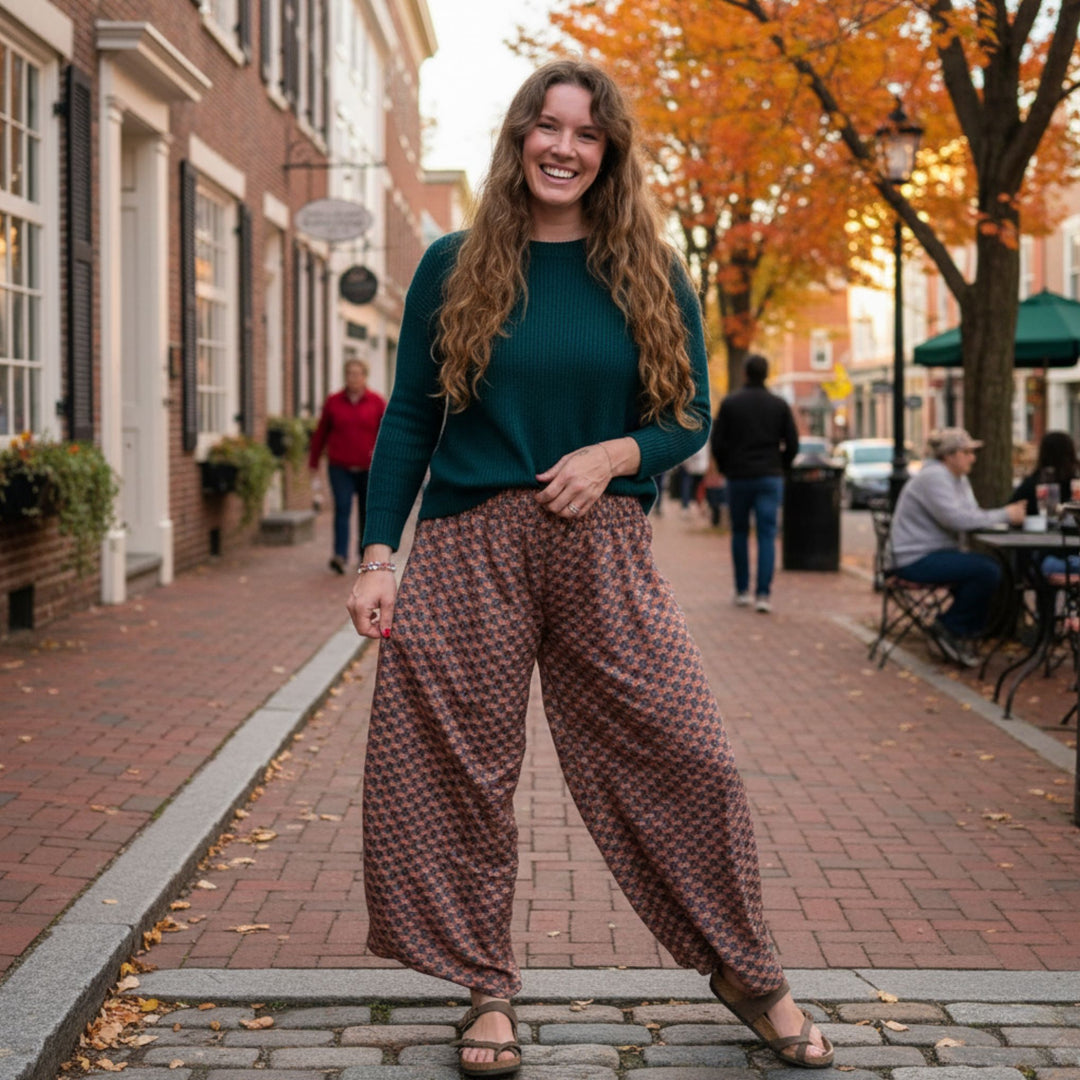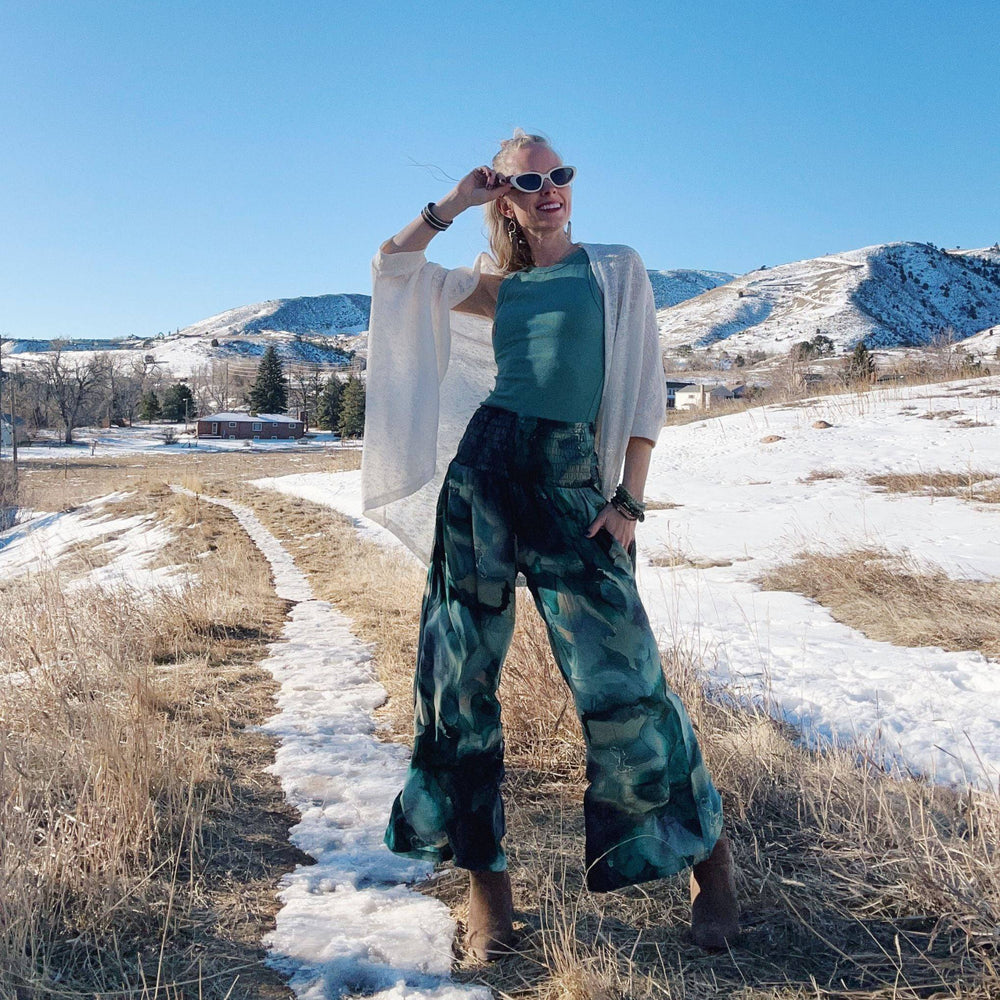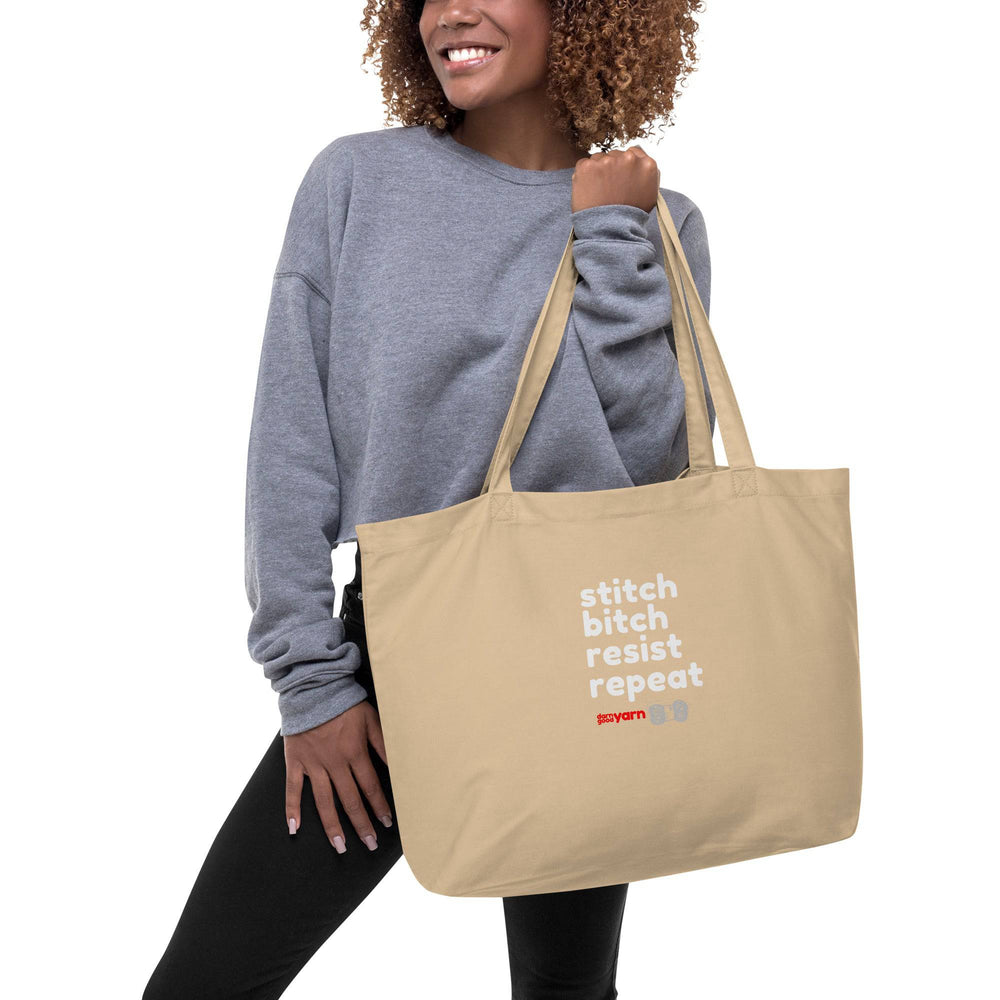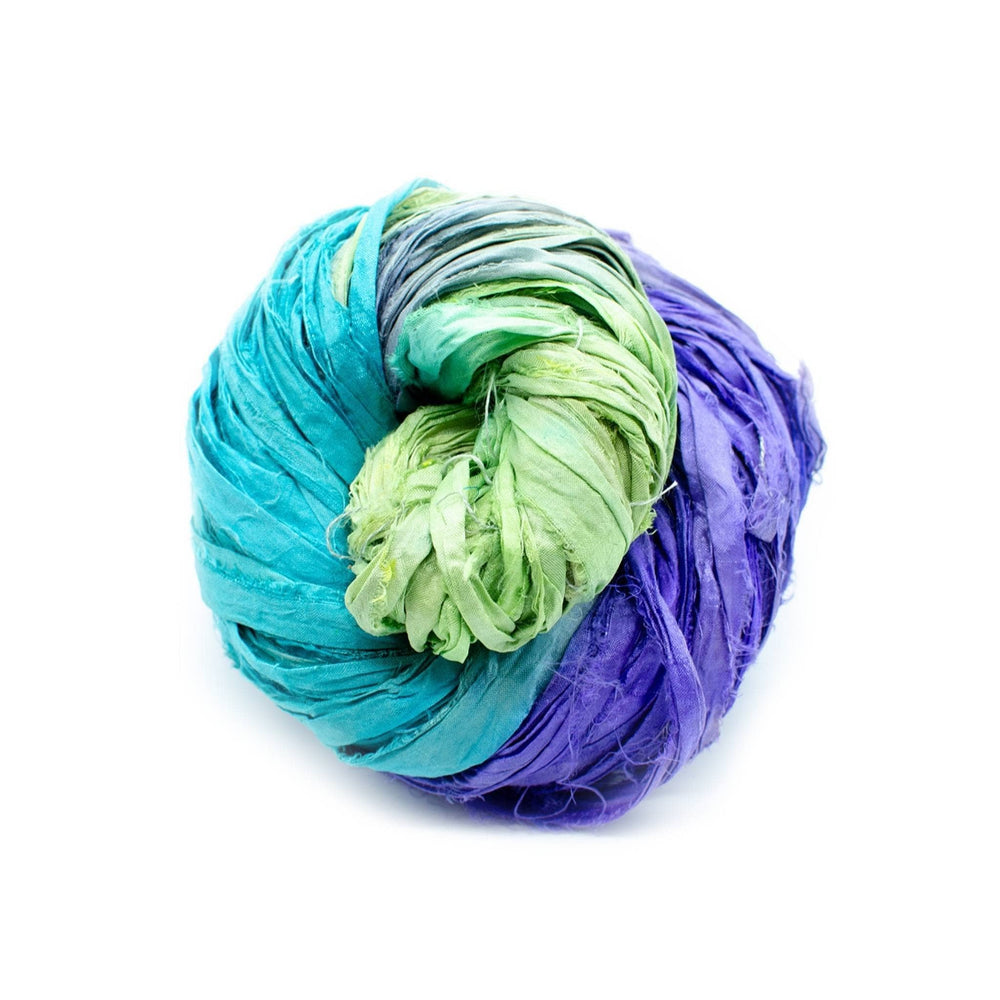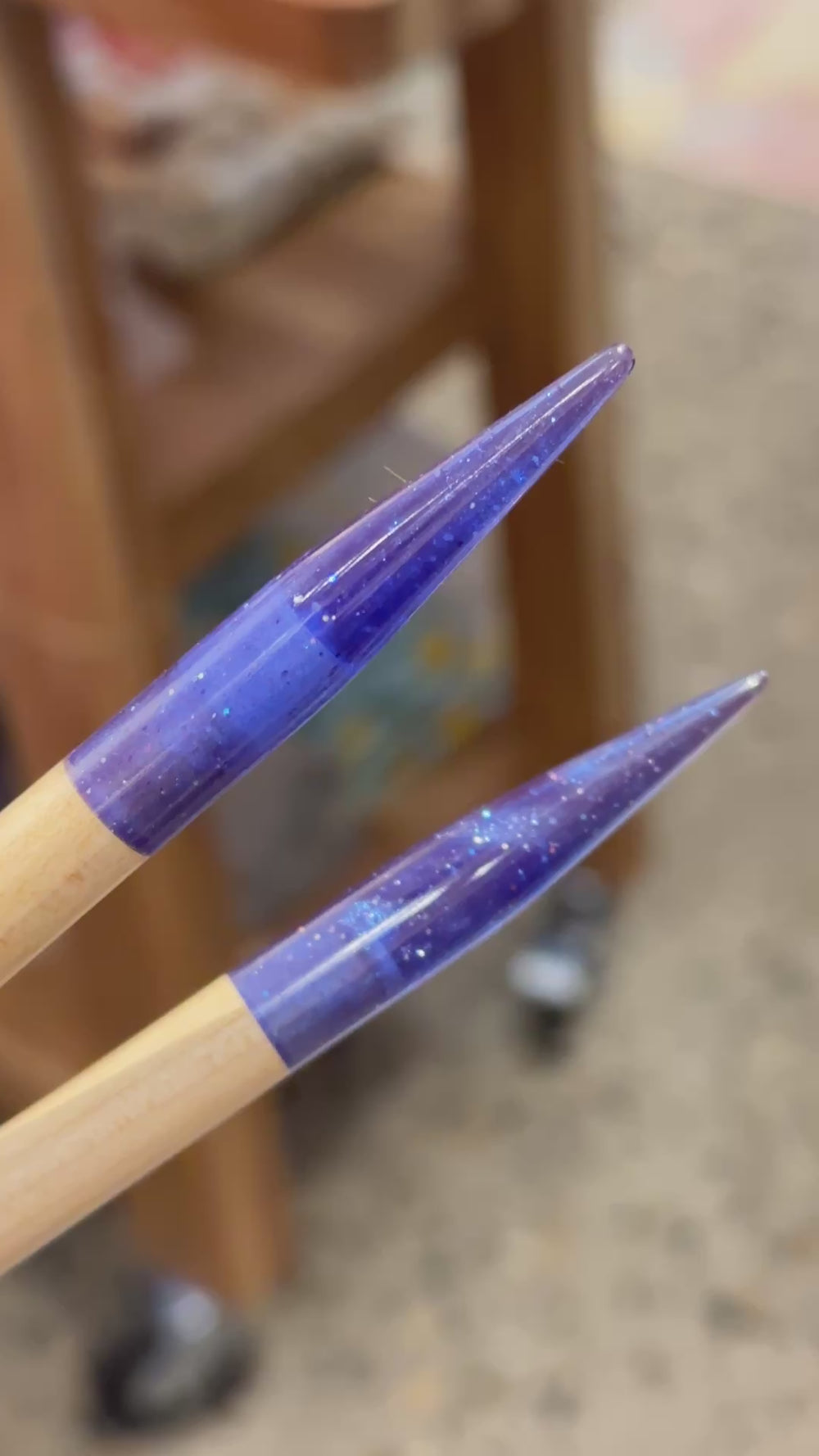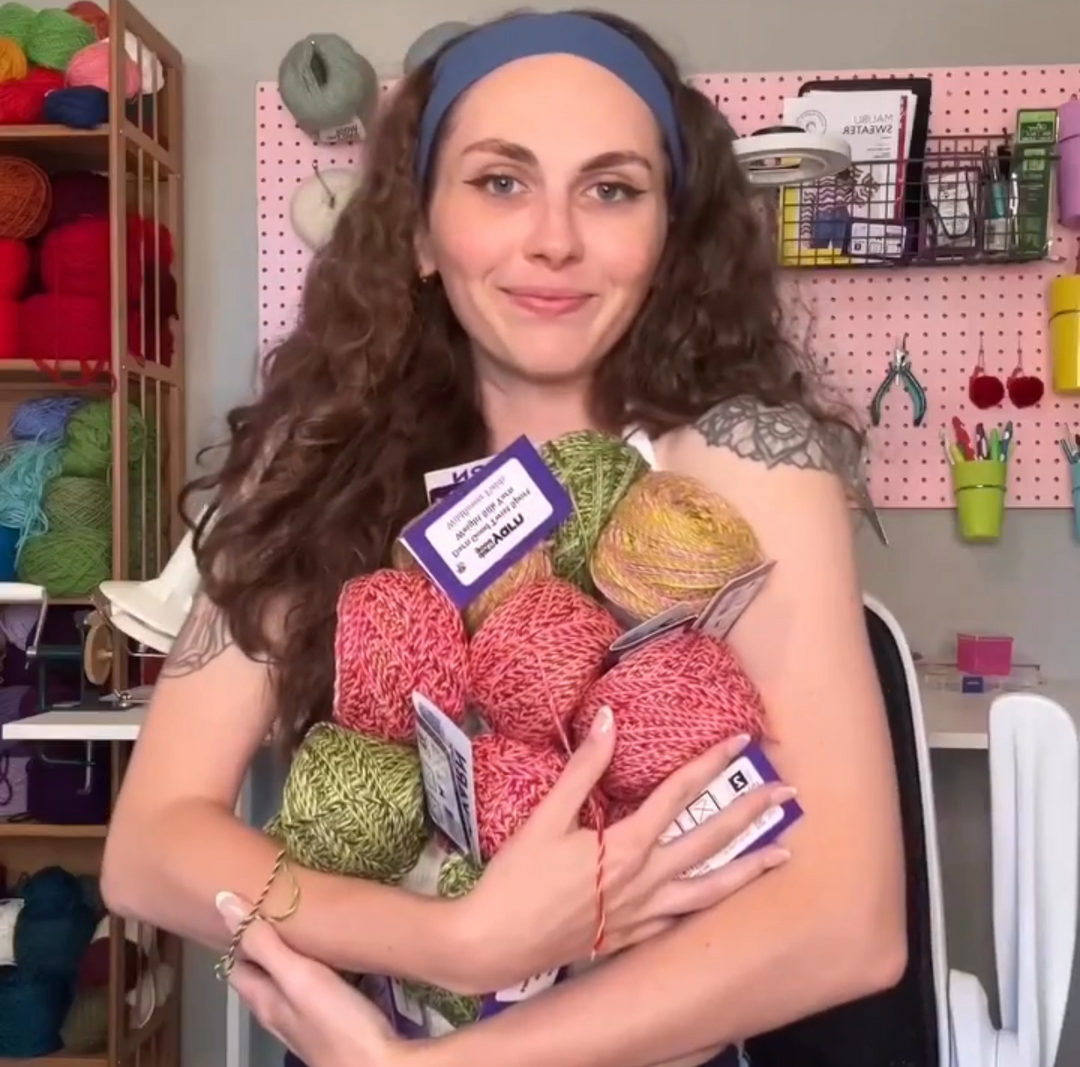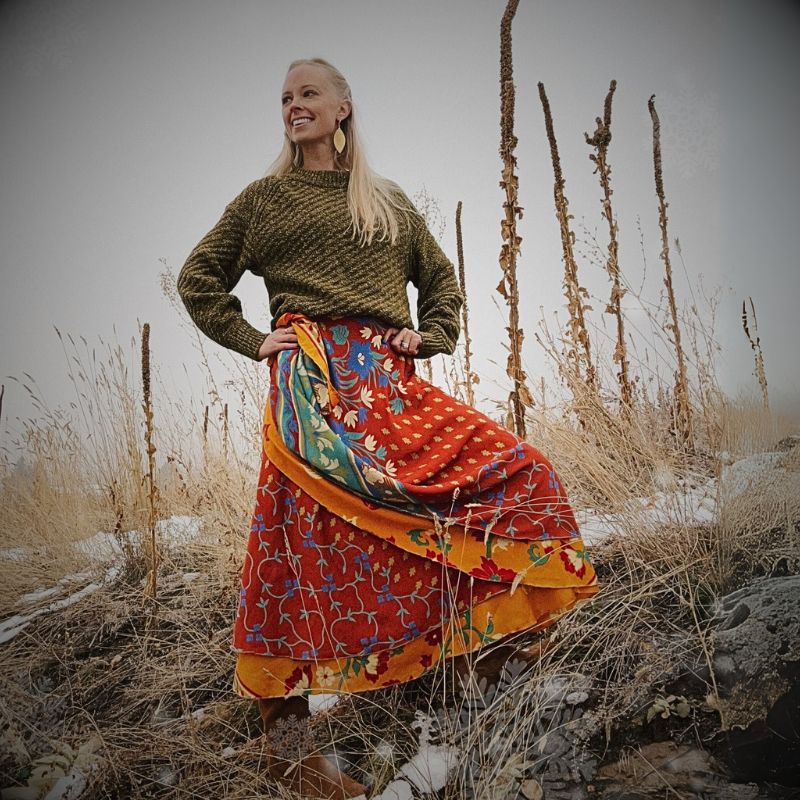Written by Kate Curry
What Is Crochet?
Crochet, a younger fiber art technique than knitting or weaving, is the art of creating by using a metal, wooden, or bone hook to make interlocking stitches (or loops) of fiber. There are dozens of different styles of crochet and many cultures have very specific patterns and designs, like the world famous Irish crochet style.
This is much different than knitting. While knitting is the process of working with ‘open’ stitches, in the majority of crochet cases you will not go onto the next stitch without closing the current stitch. Most crafting stores will compare knitting and crochet, but these two art forms are so different!

Crochet can be used to make a plethora of different projects. From small little amigurumi animals to large pieces of intricate clothing.
The Origins Of Crochet
Much like knitting, historians do not know who the creator of crochet is or the exact place where it originated.
Crochet comes from the word croc/croche, the French word for hook. It also could be connected to the Norse word krokr, which also means hook. What we consider to be crochet today can be traced back to the 15th - 17th century. Many cultures have claimed their crochet history including: France, South Africa, England, Italy, Arabia, and China. But the true homeland of crochet remains unknown.
Some fiber artists claim that crochet started in the Middle East and then was found very soon after in Spain, much like knitting. The Middle East is highly known for their vast trade routes that crossed the continents and it can be assumed that the art form would be traded along the routes as well. Much like knitting, it is difficult for archeologists to find evidence of crochet as many pieces were made from natural fibers that degraded over time.
The History of Crocheting
With the origins of crochet lost to time, the relatively new technique has made a large impact across the world. What was once a life-saving necessity of crocheting to create nets to fish, animal trapping or clothes has become an intricate artform.

In 1829, the first crochet pattern was written by Mademoiselle Riego de la Branchardiere. The daughter of a French father and an Irish mother, she is known as the mother of crochet and said to be the creator of the Irish crochet style! At 18 she published her first book about fiber and needlework.
These patterns are very lacy and delicate decorative work and are not made for average day-to-day wearing. These pieces were painstakingly created with delicate lacy stitches to show off the maker’s prowess. Mademoiselle Riego published a book of knitting and crochet patterns in 1846 - some of which you can surprisingly find today on Ravelry!
Today, crochet is so much more than intricate doilies and shawls. Crochet has become one of the most popular hobbies and is even used in therapy to help reduce stress and anxiety! If you’re interested in joining the legion of crocheters that span the globe, we have a few starter kits that will help you kick off your newest hobby!
 Rewards
Rewards

